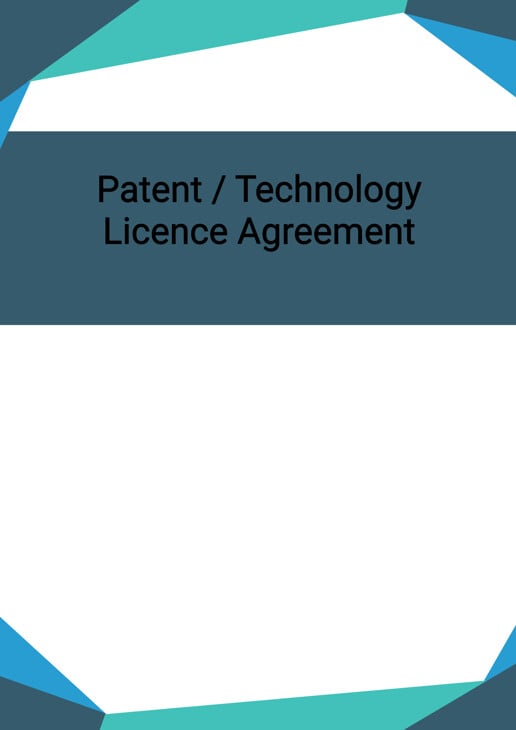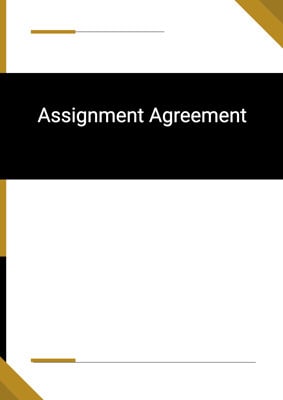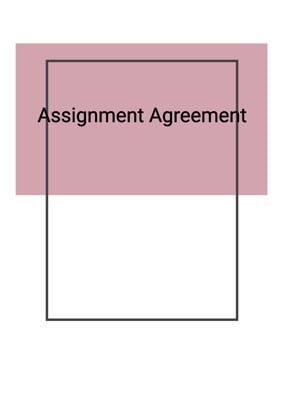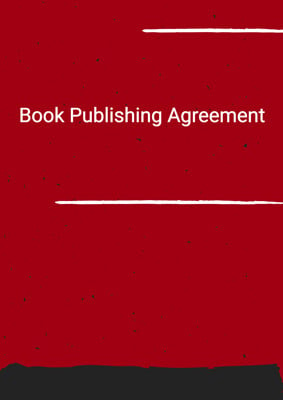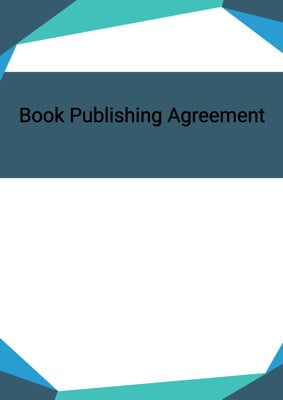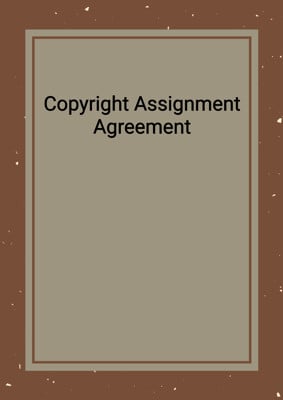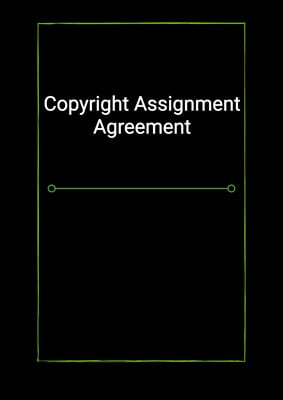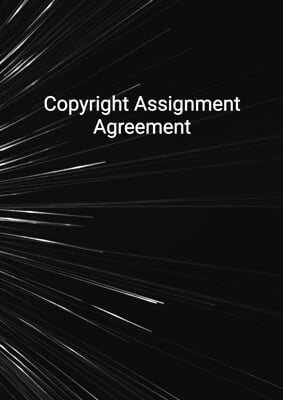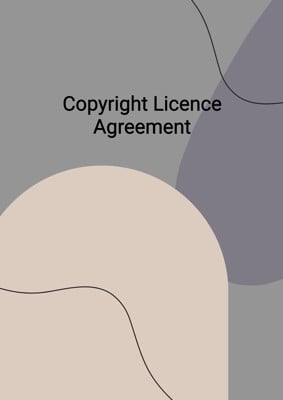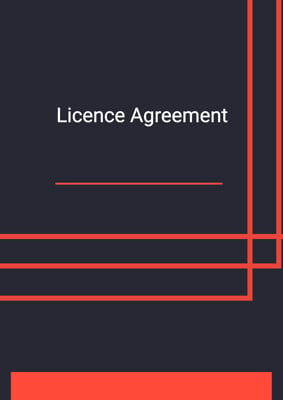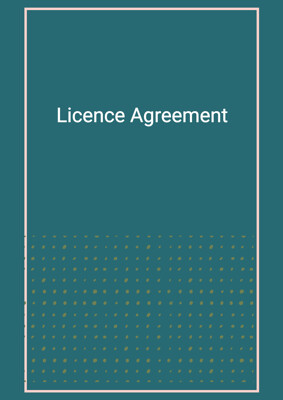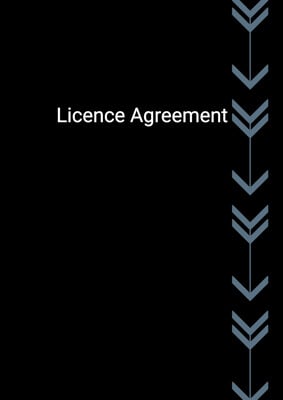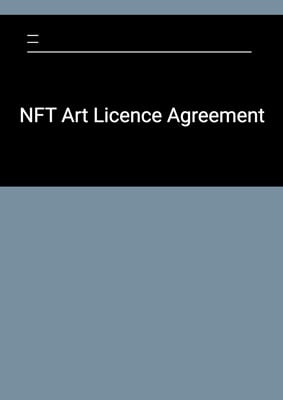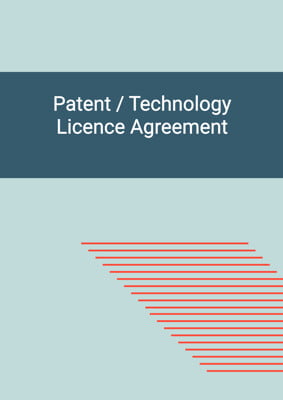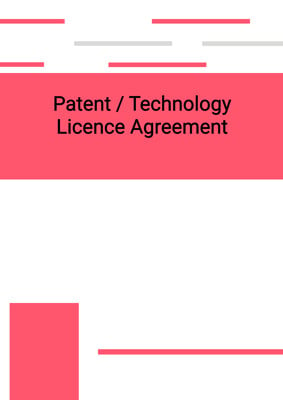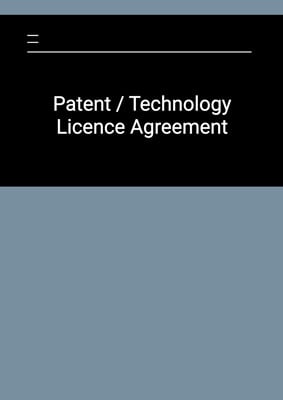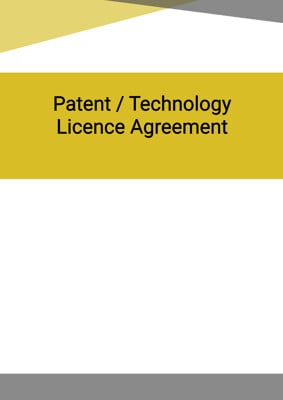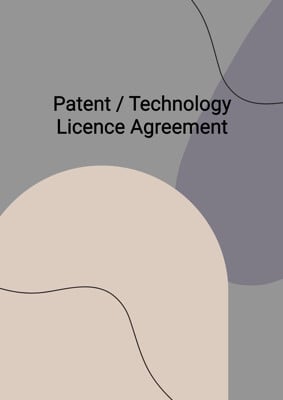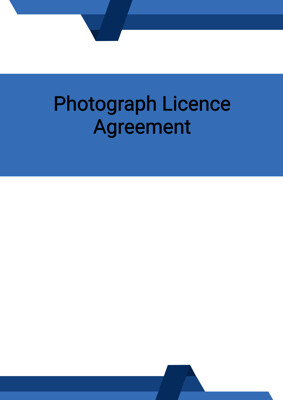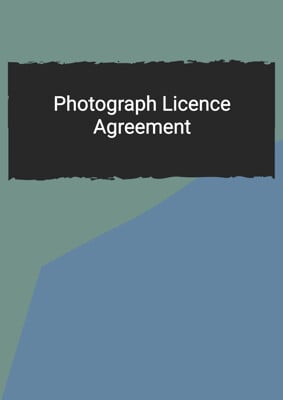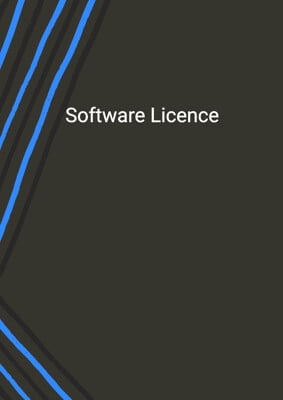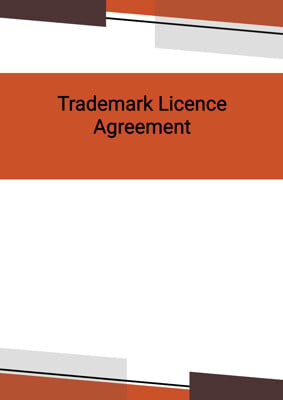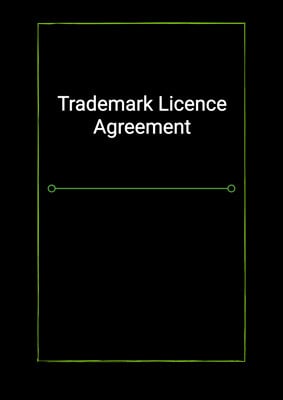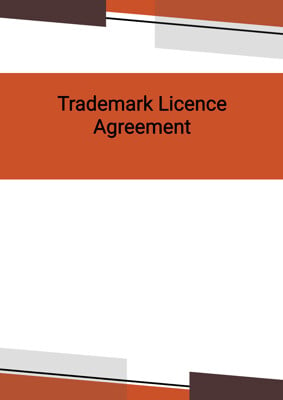How to Tailor the Document for Your Need?
01
Create Document
Fill in the details of the parties. You can click the "Fill with Member’s Information" button to complete it with information saved to your account.
02
Fill Information
Please fill in any additional information by following the step-by-step guide on the left hand side of the preview document and click the "Next" button.
03
Get Document
When you are done, click the "Get Document" button and you can download the document in Word or PDF format.
04
Review Document
Please get all parties to review the document carefully and make any final modifications to ensure that the details are correct before signing the document.
Document Preview
Document Description
This Patent/Technology Licence Agreement is a legal document that outlines the terms and conditions for granting a license to use certain intellectual property relating to an invention. The agreement is entered into between the licensor, who owns the intellectual property, and the licensee, who wishes to obtain a license to use the technology for a specific purpose.
The importance of this document lies in its ability to protect the rights of both parties involved. By clearly defining the terms of the license, including the scope of use, duration, and any restrictions, the agreement ensures that the licensor's intellectual property is properly protected and that the licensee has the necessary rights to use the technology.
The document begins with a brief introduction, stating the parties involved and the purpose of the agreement. It then proceeds to define key terms used throughout the document, such as the commencement date, confidential information, force majeure, and licensed IP.
The license granted under this agreement is non-exclusive and non-transferable, meaning that the licensee is granted the right to use the licensed IP solely for the specified purpose during the term of the agreement. The agreement also includes provisions for the payment of a license fee, which must be paid by the licensee within a specified timeframe.
In addition to the license itself, the agreement addresses other important aspects, such as improvements made to the licensed IP by the licensee, the disclosure of confidential information, and the warranties and liabilities of both parties. It also includes provisions for termination of the agreement and the consequences of force majeure events.
Overall, this Patent/Technology Licence Agreement is a crucial document for both the licensor and the licensee, as it establishes the legal framework for the use of intellectual property and ensures that both parties are protected and aware of their rights and obligations.
How to use this document?
1. Review the agreement: Familiarize yourself with the entire agreement, including the definitions and key terms used.
2. Determine the purpose: Clearly identify the specific purpose for which you are seeking a license to use the technology.
3. Understand the license grant: Make sure you understand the scope of the license granted, including any restrictions or limitations.
4. Pay the license fee: Ensure that you pay the license fee within the specified timeframe to avoid any breach of the agreement.
5. Keep information confidential: Maintain the confidentiality of any confidential information disclosed to you under the agreement and use it only for the purposes outlined.
6. Comply with warranties and liabilities: Adhere to the warranties and liabilities outlined in the agreement, ensuring that the licensed IP meets the required standards.
7. Monitor improvements: If you make any improvements to the licensed IP, ensure that you comply with the provisions regarding ownership and disclosure.
8. Be aware of termination provisions: Understand the circumstances under which the agreement may be terminated and the consequences of termination.
9. Prepare for force majeure events: Be aware of the possibility of force majeure events and their potential impact on the performance of the agreement.
10. Seek legal advice if needed: If you have any doubts or concerns about the agreement, consult with a legal professional to ensure that your rights and interests are protected.
Not the right document?
Don’t worry, we have thousands of documents for you to choose from:
